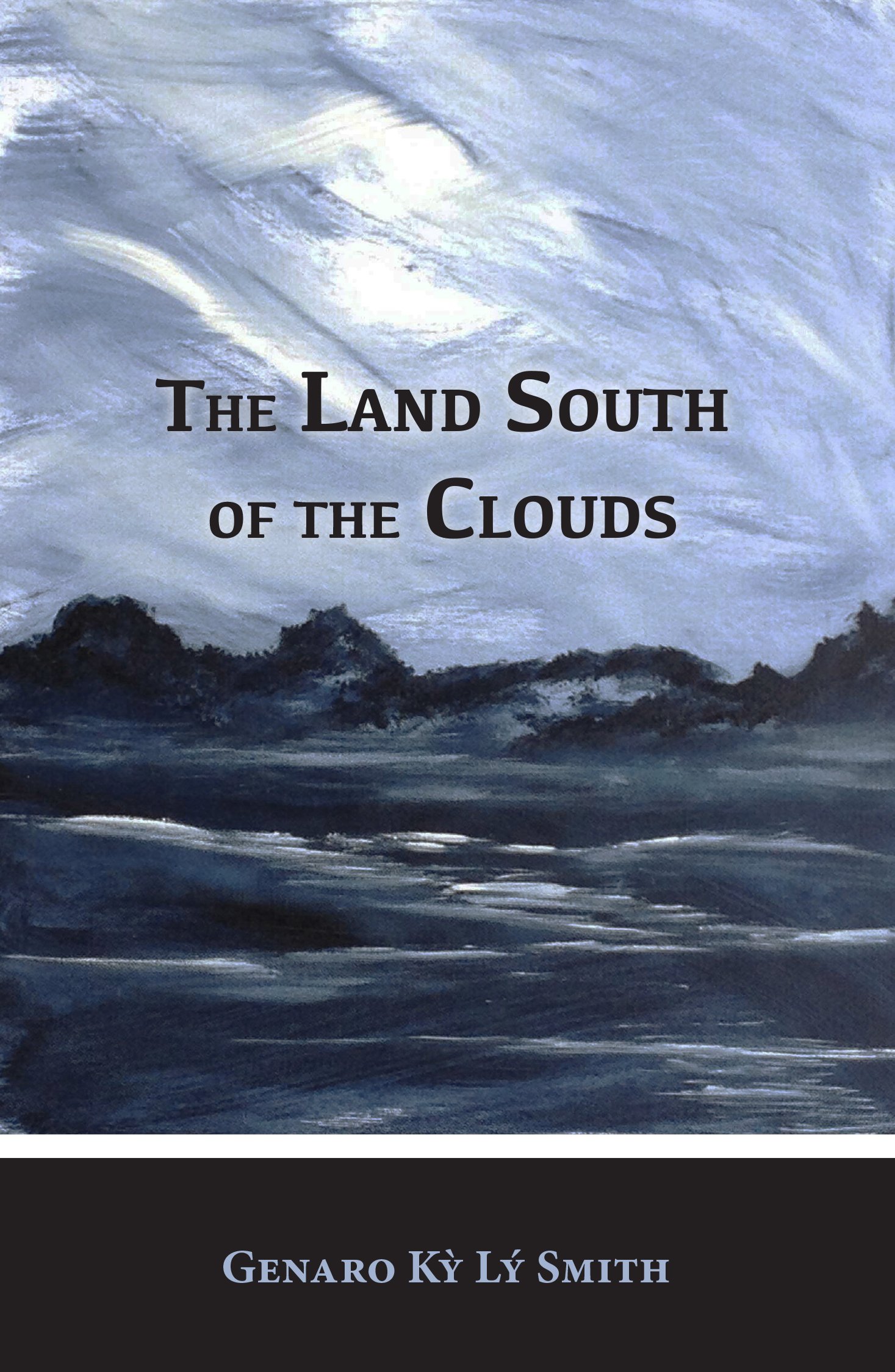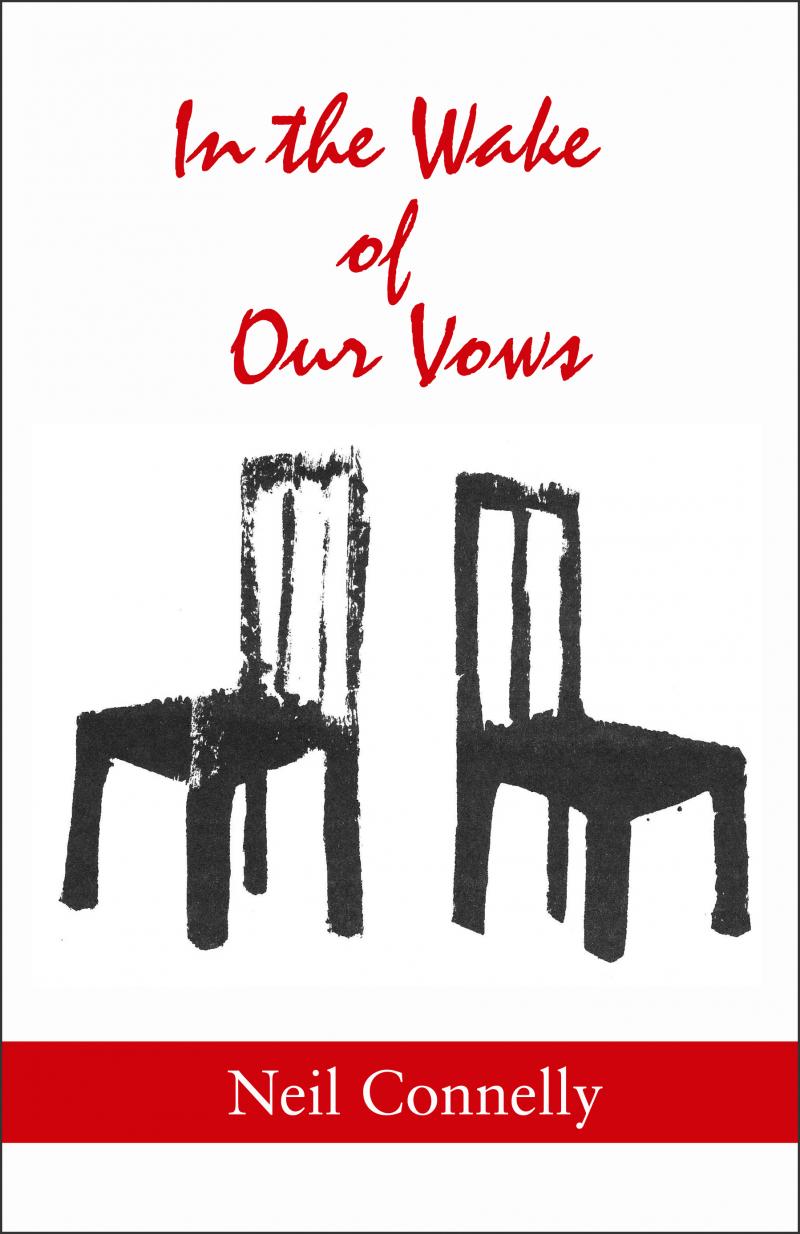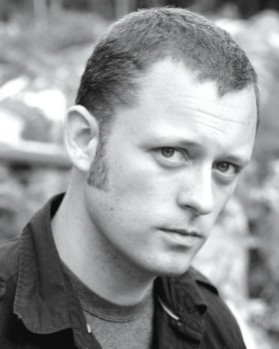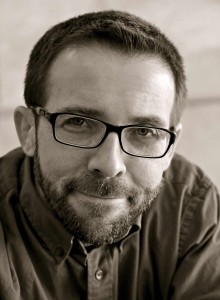 Back in the 90’s, I was teaching a multi-genre creative writing class at Cape Fear Community College, a name I am not making up. There were almost thirty students, with a wide variety of backgrounds, interests, and abilities. At the time, inexperienced, I was still letting folks workshop whatever they wanted, without any restraints on content or pre-screening by me. I was more giddy cheerleader than true teacher, with vague hopes of leaping onto my desk, Robin-Williams like, and inspiring bemusement and admiration from my young students. All this led to some unusual situations, like the young man who plagiarized Weird Al Yankovic, but that’s a tale for another time. What I’d like to share here is a story that illuminated for me the challenge of students learning to write by embracing the fantastic (call it genre, call it popular fiction) in their own work. Far too often, by attempting to emulate the very writing they admire—work I admire and which some of my own fiction engages—these student writers find the conventions of genre acting as artistic straight jackets rather than springboards to new worlds. For whatever their goals, an over-reliance on the stories they’ve read and their knowledge of these systems can end up limiting their horizons and stunting their potential as truly original authors.
Back in the 90’s, I was teaching a multi-genre creative writing class at Cape Fear Community College, a name I am not making up. There were almost thirty students, with a wide variety of backgrounds, interests, and abilities. At the time, inexperienced, I was still letting folks workshop whatever they wanted, without any restraints on content or pre-screening by me. I was more giddy cheerleader than true teacher, with vague hopes of leaping onto my desk, Robin-Williams like, and inspiring bemusement and admiration from my young students. All this led to some unusual situations, like the young man who plagiarized Weird Al Yankovic, but that’s a tale for another time. What I’d like to share here is a story that illuminated for me the challenge of students learning to write by embracing the fantastic (call it genre, call it popular fiction) in their own work. Far too often, by attempting to emulate the very writing they admire—work I admire and which some of my own fiction engages—these student writers find the conventions of genre acting as artistic straight jackets rather than springboards to new worlds. For whatever their goals, an over-reliance on the stories they’ve read and their knowledge of these systems can end up limiting their horizons and stunting their potential as truly original authors.
It should be said here that all my comments that follow are directed to this arena: an introductory fiction-writing course, where most students are just beginning to seriously study narrative. And I’ll add this, too, at the start: What I’m proposing here works for me, and it’s proven to work well for my students; I’m not offering a universal field theory.
So, to the tale.
The writer in question was a young man, a bit shy, who’d said enough bright things that I was especially eager to read his submission. His story begins with a girl arriving on the porch of the home of the main character, her former boyfriend. We learn in short order that she has returned from college and that the two of them broke up just before she left. They agree to take a walk together, awkwardly, and their shared history and affection is clear from their silences and pleasant but strained conversation. The boy begins to notice how things look different to him, how his gaze focuses on chipped paint on a fence, or rust on a nice car, and the two wander away from their small town, out towards the coastal waterways where they fell in love. As we learn minor details about their relationship, the boy becomes increasingly disoriented. Though he’s lived here all his life, he notices a tree he can’t name, and high above, a strange bird passes. They find an abandoned skiff and take it to a tiny island on the Intracoastal. On the island, his insecurities surface and he presses her for a reason, not of why she left, but of why she came back. When she can’t give him an answer, he walks away, stumbling upon what at first he takes for an oval-shaped rock but which is, in fact, an egg.
At this point in the story, I was entranced. While my summary can’t capture the story’s quiet power, I knew this student had rendered the clumsiness of youth and lost love really nicely. He was exploring the borderland between innocence and experience—whether he was aware of this or not—and he had my attention not simply as a teacher who was reading with an eye toward craft, but as a reader who was happily suspending his disbelief in the story.
The ex-girlfriend reappears and together they examine the egg. It cracks open and a baby gargoyle emerges. I recall an orange beak. An adult gargoyle descends from the sky, beheads the girl, and then leads a squadron of the creatures back to town, where they kill everyone despite the boy’s best efforts with a machine gun he looted from a hunter’s cabin.
To this day, that plot twist gives me whiplash.
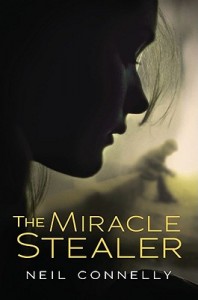 So what happened here? Drawing on my conversation with the author afterwards and my own experience with fledgling writers, I’m confident enough to offer this explanation: he flinched. He blinked. Like the student who can’t resolve a conflict and kills the main character in the last paragraph (an incredibly common occurrence in such classes), this writer bailed out. In that wondrous fugue state of artistic creation, he was on the trail of something profound and lovely, but staring at “the problems of the human heart in conflict with itself, which alone can make good writing because only that is worth writing about,” as Faulkner once said, scared the hell out of him.
So what happened here? Drawing on my conversation with the author afterwards and my own experience with fledgling writers, I’m confident enough to offer this explanation: he flinched. He blinked. Like the student who can’t resolve a conflict and kills the main character in the last paragraph (an incredibly common occurrence in such classes), this writer bailed out. In that wondrous fugue state of artistic creation, he was on the trail of something profound and lovely, but staring at “the problems of the human heart in conflict with itself, which alone can make good writing because only that is worth writing about,” as Faulkner once said, scared the hell out of him.
Enter gargoyles.
I’ll leap then from Faulkner to Kurosawa and note his sage advice: “To be an artist means never to avert your eyes.” In this particular case, the fantastic element allowed the author to look away. If you will, the gargoyles enabled it.
Does this mean that I think the human heart can’t be explored with aliens, or detectives, or werewolves? Hardly. Michael Cunningham, Margaret Atwood, Robert Olen Butler, and Cormac McCarthy, among many others, inhabit worlds we’d think of as genre at first glance. But they employ or subvert those conventions in ways that illuminate the human condition. Or check out The Age of Miracles by Karen Thomas Walker, a book that on the surface could be a disaster movie but which delves deeply into the soul of the narrator and her entire family. My own attempt at this sort of thing resulted in my most recent novel, The Midlife Crisis of Commander Invincible, which indeed has folks flying around in capes with laser vision fighting evil. But my hope is that the book, beyond providing an engaging story, also offers readers an experience that comments on being a good parent, a good spouse, the importance of purpose in all our lives.
If a work of fiction ultimately invites you to reflect on your own life—however the story is marketed, whatever elements it contains—then I’d think of it as what’s called “literary.” The strictest genre work invites you to leave your life behind, distract you from reality in marvelous and important ways, then returns you to the real world refreshed. Thinking of it another way, literary fiction tells me more about who I am; popular fiction helps me forget who I am for a time. Both these strike me as valuable pursuits with their own distinct artistic challenges. Marrying these forms is possible, but for the developing writer, who often senses but can’t articulate that subtle difference, it is an especially difficult endeavor.
It’s widely accepted that what we call “genre” has a set of expectations: familiar characters, expected plot lines, and a preordained and limited emotional tone. Once something is labeled “Horror” or “Comedy” or “Western,” the writer’s choices become, in a certain sense, limited. Once you say “Erotica,” it’s a good bet there’s going to be an orgasm. And I am not anti-orgasm. Just as I’m not anti-gargoyle. Or anti-unicorn. Or anti-ninja secret agent.
To be fair, once you say, “Literary” something quite similar happens as far as expectations. It is its own genre with its own conventions and constraints. We expect emotionally complex characters, robust language, an epiphany of some kind, etc., often at the cost of plot, tension, and raw excitement. Apprentice writers can use the term “literary” as an excuse for navel-gazing and narcissism—as if every thought, however banal, were interesting. Every gesture fraught with significance. Every image dripping with symbolic (though ultimately unknowable) meaning. Heaven help us all from the well-intentioned deeply soulful writers who submit stories that, to be properly comprehended, would require Cliff Notes. This is a problem of equal proportion.
But my prime concern here are the wagon ruts in the road that appear when students employ genre elements. I worry—and my twenty years of experience workshopping over a thousand stories bears this out—that the dominant impact of what’s been viewed or read on the young writer can actually limit his or her imagination, make the workshop story more an act of imitation than artistic creation. Is there a time in the writer’s life when emulating admired writers is important? Absolutely. My college notebook has a Hemingway section (no adjectives), a Faulkner section (long sentences), and a Joyce section (dashes instead of quotation marks). But I would recognize these as training wheel stories,a sort of literary diary. For workshop, it’s time to ride on one’s own. As so many students tell me, they want to find their own voice. And I think relying too heavily on the model on what was read—literary or genre—can be inhibiting, taking over one’s work rather than serving as the raw materials for one’s own creation. (I once ordered a grad student to stop reading for our Contemporary Novel class because his workshop stories recalled too heavily the style of those authors. Really. ) While striving for similar effects, it’s all too easy to merely ape style and plot. What’s healthier is to draw upon the work of others as pure inspiration that shines a light on general storytelling techniques and, perhaps more importantly, the myriad of what can be achieved. Consider early explorers, who surely thought, “Whoa, so and so crossed that mountain range/ocean/continent? I want to try something like that.” Yet were two journeys ever identical?
So, yes, I have concerns that the student who has just read an epic fantasy novel about elfin warriors doing battle with zombies is limiting her ambition when she sets about writing a story about elves and zombies.
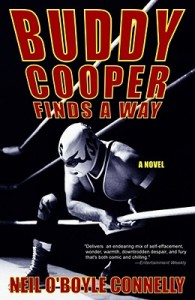 This “sameness” has manifested itself in my classes on many occasions, when the workshop encounters a story that feels familiar and the entire conversation turns to the piece’s direct influence. “Wow, this is just like Game of Thrones.” “I love Avatar!” “I recognize these characters from World of Warcraft!” I have no desire to hurt anyone’s feelings, but an hour of this doesn’t feel productive, as the writer has received little feedback designed to improve the effort. I redirect the conversation when I hear students trying to alter the story in ways the cringing author clearly doesn’t want. But this leaves us with little to offer. Last spring, in my advanced class, I handed back a manuscript that was a catalogue of Scandinavian medieval warriors, thick with vivid descriptions of their battle gear along with the origin of each man’s unique weapon. All I could write in the margins, over and over, was “sounds cool.”
This “sameness” has manifested itself in my classes on many occasions, when the workshop encounters a story that feels familiar and the entire conversation turns to the piece’s direct influence. “Wow, this is just like Game of Thrones.” “I love Avatar!” “I recognize these characters from World of Warcraft!” I have no desire to hurt anyone’s feelings, but an hour of this doesn’t feel productive, as the writer has received little feedback designed to improve the effort. I redirect the conversation when I hear students trying to alter the story in ways the cringing author clearly doesn’t want. But this leaves us with little to offer. Last spring, in my advanced class, I handed back a manuscript that was a catalogue of Scandinavian medieval warriors, thick with vivid descriptions of their battle gear along with the origin of each man’s unique weapon. All I could write in the margins, over and over, was “sounds cool.”
Didn’t I have more to say? Not really. The author knew there wasn’t a central character or a plot, right?
It’s been suggested to me that professors like myself are failing students because we aren’t evaluating such stories on their own merits. That is, that we should study and learn the conventions of each form. This raises several points. First, if we respect each genre as we should, we recognize indeed that every one operates on its own general principles. Few argue against this. Some readers of fantasy tell me that the world is much more important than the characters. Some who write fan fiction tell me it’s expected that readers will know past information about characters, including long complex histories. I got into an interesting debate with a man once who assured me that certain terms everyone in workshop found off-putting or even obscene were in fact sensual and erotic—his evidence was their common appearance in the work he was mimicking. Last semester (again in my advanced class), I had a workshop story set in a fantasy world. The opening scene featured a warrior queen wearing a war gauntlet ripping out a man’s throat; later, an archer on horseback launched three arrows at enemies hidden in a dense forest, and three bodies fell from the trees. The class debated whether such things were humanly possible. The defense/explanation—“These things happen in stories like this”—is one I accept, but it highlights the concern: not everyone in class is familiar with or accepting of those conventions. When the student defines the parameters by which a work is being judged, I lose something of my ability to teach. In private conferences and in workshop, I’m a bit befuddled when I hear, “Stories like this never have dialogue.” “Stories like this aren’t supposed to have endings.” “This story wouldn’t make sense unless you’ve seen Dr. Who.”
Though perhaps what is at issue here is the classroom space itself. Is the student writing overtly genre fiction for an audience who neither understands nor fully appreciates the world she’s emulating truly developing her craft? And if audience isn’t a part of this young writer’s interest, then it seems catharsis and imitation are the sole goals of her work in this course. Yet is that the goal of an introductory writing class? Is it simply “creative expression,” as some universities deem it for distribution requirements?
The question, then, might be: What is the essential purpose of an introductory creative writing class? I would argue that it’s twofold. For the purest, it’s about exercising one’s individual imagination, exploring one’s voice, expressing one’s totally unique vision—one that is unfettered from another’s creation. From the standpoint of craft, it’s about developing a writer’s toolbox: the significance of an image, the magic of sentence variety, the possibilities of point of view, the distinction between summary and scene, the development of character, the inherent narrative energy of plot.
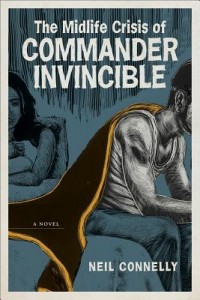 Another craft matter, and this is more technical than aesthetic, is that in intro to fiction workshop I prefer to deal with short stories. I want the writer to sculpt a narrative with a beginning, middle, and end. Many—not all—but most, of the visions I hear for stories with fantastic elements would need hundreds of pages; sometimes even trilogies, to be realized in a meaningful way. My suggested size for their first story is eight to ten pages. So when last year a novice writer pitched me a concept for her workshop submission that involved a floating continent, its vampire queen, and the plotting werewolves who were determined to overthrow her, I felt a bit like a track coach being asked, “How do I run a marathon?” by someone who’d never jogged around the block.
Another craft matter, and this is more technical than aesthetic, is that in intro to fiction workshop I prefer to deal with short stories. I want the writer to sculpt a narrative with a beginning, middle, and end. Many—not all—but most, of the visions I hear for stories with fantastic elements would need hundreds of pages; sometimes even trilogies, to be realized in a meaningful way. My suggested size for their first story is eight to ten pages. So when last year a novice writer pitched me a concept for her workshop submission that involved a floating continent, its vampire queen, and the plotting werewolves who were determined to overthrow her, I felt a bit like a track coach being asked, “How do I run a marathon?” by someone who’d never jogged around the block.
Obviously, there are many examples of young writers who contradict all this. Who—through raw talent or previous training—can create rich, imaginative otherworlds in the short story format. But I’m talking now about the odds, the students who come into my classroom, and the best way we can use our time together to benefit them over the decades that stretch ahead of them as writers.
So what did I say to the young lady with the floating continent? I said “no.” For me, it is the only professional response, the only humane answer. But I also said, “I honor your artistic vision and I want to help you realize that. For our limited time together, just try my approach, and what you’ll learn about fundamental concepts will be invaluable to whatever kind of fictional writing you want to do for the rest of your life.”
And I do believe this—that the universally known conventions of the literary short story provide a common ground for writers of all sorts to come together and study the basics of narrative. In part, too, my belief is driven by the conviction that the student who has never written a good family dinner scene or orchestrated a trip to the grocery store is less likely to write a truly good sex scene or a gunfight. I’d argue that the student who has never taken a character on a drive through his hometown is less likely to be able to carefully craft an approach to the planet Zebula Six. This last example harkens back to one of the class’s key goals: imbuing in these folks the sense that their lives, their experiences, are rich and exciting and inspiring. I’ve got nothing against blasting off for Zebula Six to find an interesting story, but I encounter so many young writers afraid to look next door first. They don’t see the significance of their own lives.
So, while I have no restrictions on content in my advanced class (and this is where many of this essay’s examples come from), for the first story in the intro level course, I forbid gargoyles and the like. My specific approach is a series of exercises through which students create recognizable human characters from scratch, spend time with them, imbue them with hopes and fears that echo their own, and create conflicts. That is, they produce a main character who has a decision to make where something of great value will be gained and something of great value will be lost. To guard against the pitfalls of the quotidian (the wagon ruts in the road of the literary), students anonymously submit a paragraph describing the main character and the decision he or she is facing. In class, we read and discuss every one, noting with respect the potential for deeper exploration, clichés to avoid, etc. This gatekeeper exercise has proven invaluable, as I can not only address—in an open forum—concerns about the heavy gravity of things like dragons, fairies, and warlocks when they sneak in, but also the mob, or abortion, or mothers dying from cancer, or raging alcoholic fathers.
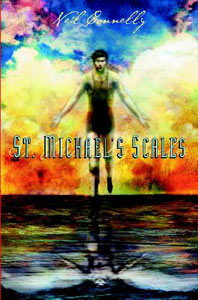 Does my insistence on a “conflict story” restrict their artistic vision? Perhaps. I think of it as a sonnet, a form that generates focus. I totally accept that I am limiting the specific kind of story they are telling, but by removing some of their decisions, I force them to concentrate on essential effects that will be universally applicable. As a sonnet teaches rhyme and meter, the power of a line break, the conflict story teaches character development, tension, dramatic action, resolution.
Does my insistence on a “conflict story” restrict their artistic vision? Perhaps. I think of it as a sonnet, a form that generates focus. I totally accept that I am limiting the specific kind of story they are telling, but by removing some of their decisions, I force them to concentrate on essential effects that will be universally applicable. As a sonnet teaches rhyme and meter, the power of a line break, the conflict story teaches character development, tension, dramatic action, resolution.
I view the introduction to fiction class as an invitation to my students to take their place as legitimate (if novice) writers, equipped with an apprentice toolbox of basic skills and concepts. So I make the following deal with my students primarily interested in what’s called “genre” work: come to this side of the fence, try writing a story without those elements. Show me you can craft a perfect sentence, enrich your dialogue with subtext, sculpt a narrative arc so readers can’t look away in between pages. Then, if you do well, for your final you can write whatever you like and I’ll give it my undivided attention. It’s not my intention here to lure then away from the dark side, but I’ll tell you, in the few years I’ve been trying this, the vast majority either offer a revision of the first story or try a second story in what we’d term a traditional literary style. And I’m not ashamed to share that those same students who offered the most resistance to the idea have in fact produced some of the most impressive and beautiful results.

